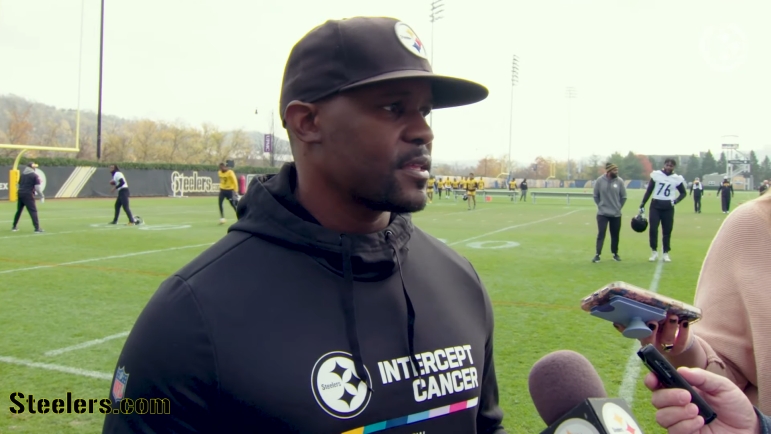There’s always a debate about just how important coaches are, whether in this aspect or another. While it’s important, of course, for players to be instructed in how to do their job and to play within a structure including 10 other players, by and large, they have to supply much of their own material they must use to succeed.
Like a musician in a chamber orchestra without a conductor, it’s up to the individual to intuit their own needs and responsibilities. And particularly when it comes to a competitive setting, that motivation has to be internal, so says senior defensive assistant Brian Flores.
“When you’re playing this game, if you’re not motivated to play, you’re in the wrong business”, he told reporters via the team’s website last week. “I think all guys are motivated to compete and get better and improve. I don’t think it’s tough at all. It’s a competitive game. Guys enjoy playing, enjoy competing. We feel that energy, and in the stadium it’s not hard at all to get motivated”.
Largely, I buy this. At least to a certain extent, there’s a requisite level of intrinsic motivation to perform that a player has to have, that a coach can’t put into him. Coaches can fire up their players, certainly, but it’s hard to imagine excelling in the NFL without having a competitive drive.
It’s something that we hear all the time. Former Steelers quarterback Ben Roethlisberger was infamous for being highly competitive no matter what the task, whether it was on a potential game-winning drive or shooting trash can hoops in the locker room. Outside linebacker T.J. Watt is purportedly cut from the same competitive cloth, as is defensive lineman Cameron Heyward, and no doubt countless others.
If you don’t hate to lose, I find it hard to bet on your odds of succeeding in a highly competitive, high-performance environment. It’s what fuels these athletes. Not some pre-game ritual in a huddle or a halftime speech. Those are superficial compared to what you need to bring to the table yourself.
That’s not to diminish the value of a good coach—and it certainly can be debated how many, or whether, the Steelers have. There’s a reason they get paid to do their jobs, but ultimately, the cheerleading aspect of it is a miniscule component.
It’s more about the broadview culture and environment that you establish than it is any kind of pep talk that you might deliver, at the end of the day. And, of course, the actual coaching component, giving players the fundamental and technical tools to make the most of their competitive juices.








